For my experimentation into using white balance with a camera, I used the same subject in 2 different scenarios: inside and outside, and then used the white balance setting to change the temperature of each of the images.
The above set of images were taken outside using natural light, and each image has been taken using a different white balance setting, such as daylight and tungsten light. Each of the images has a different temperature because of the different white balance setting I used.
The set of images above are pictures of the same subject (a pen) taken inside, also using 7 different white balance settings. These photographs used artificial lighting, and the contrast between the 2 sets of images can be easily seen.
The white balancing used in the first set of images, along with the use of natural, bright lighting, helped to make the images more clear, whereas the artificial lighting on the second set of images, made the images seem more clinical and staged.
The white balancing gave each image a different temperature, adding to the effect of each image, and giving it a different colour theme. The different white balancing setting can be used in different situations, to create the best image possible by altering the colour scheme in the image, and I will use the white balancing setting to alter images in the future.
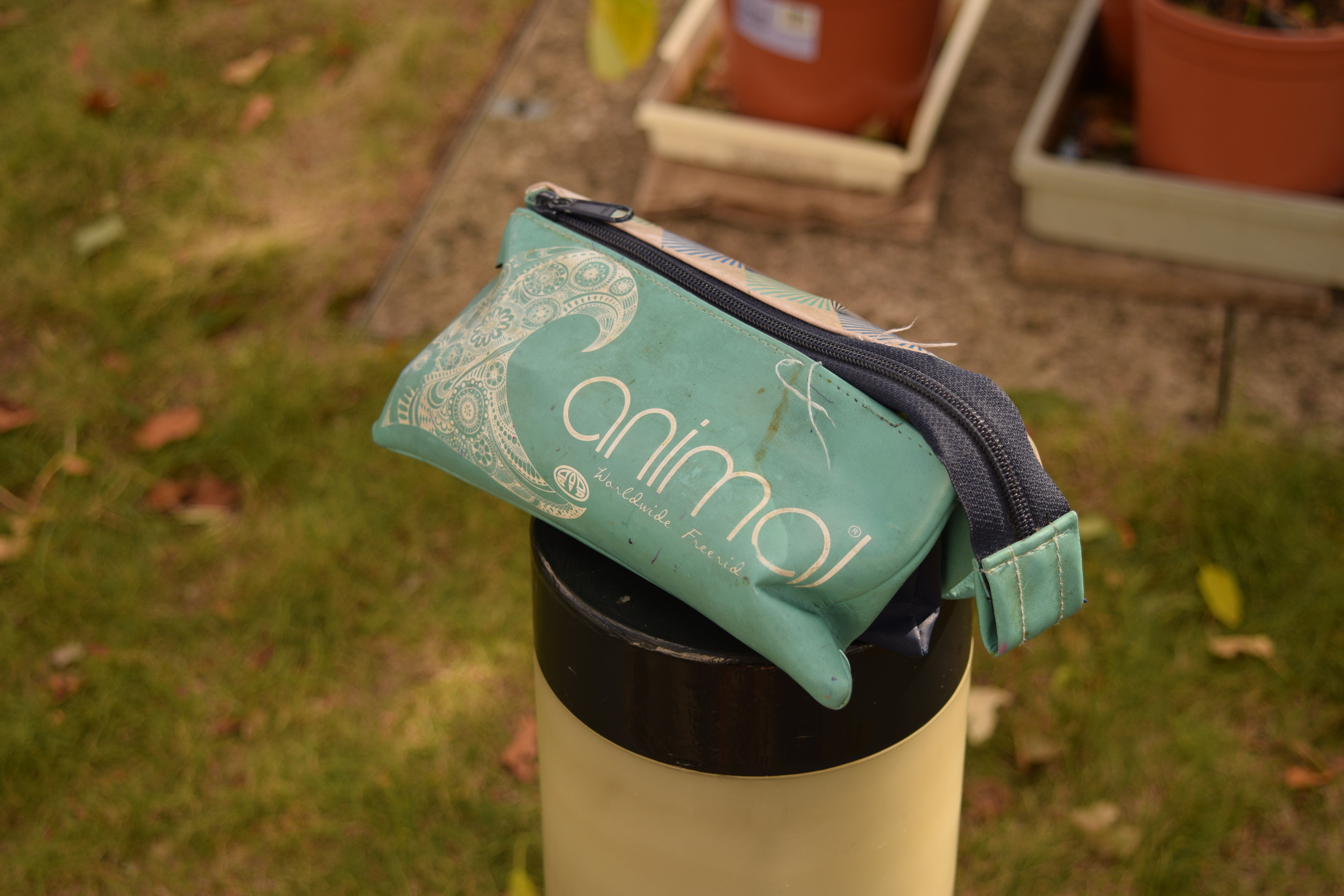
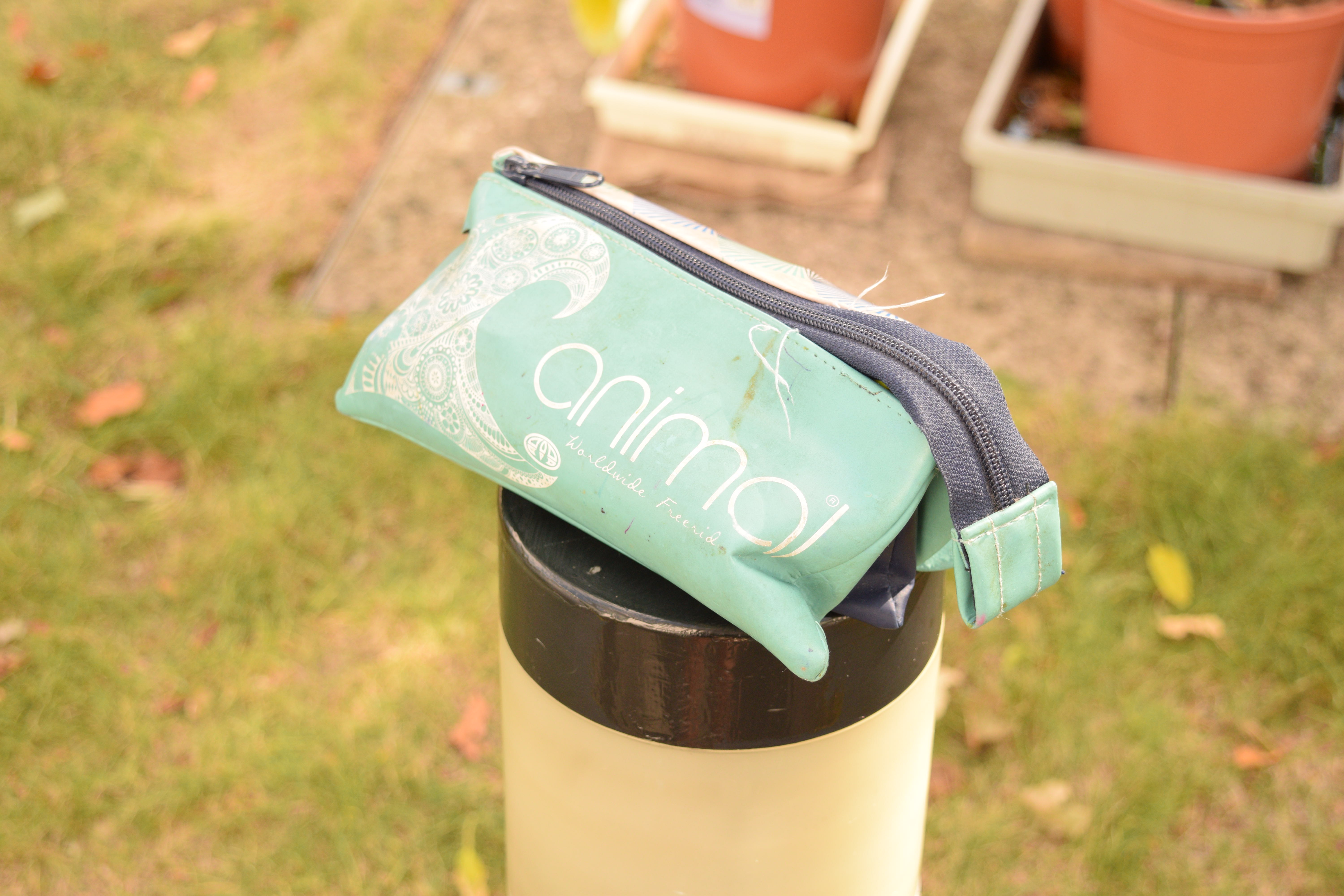
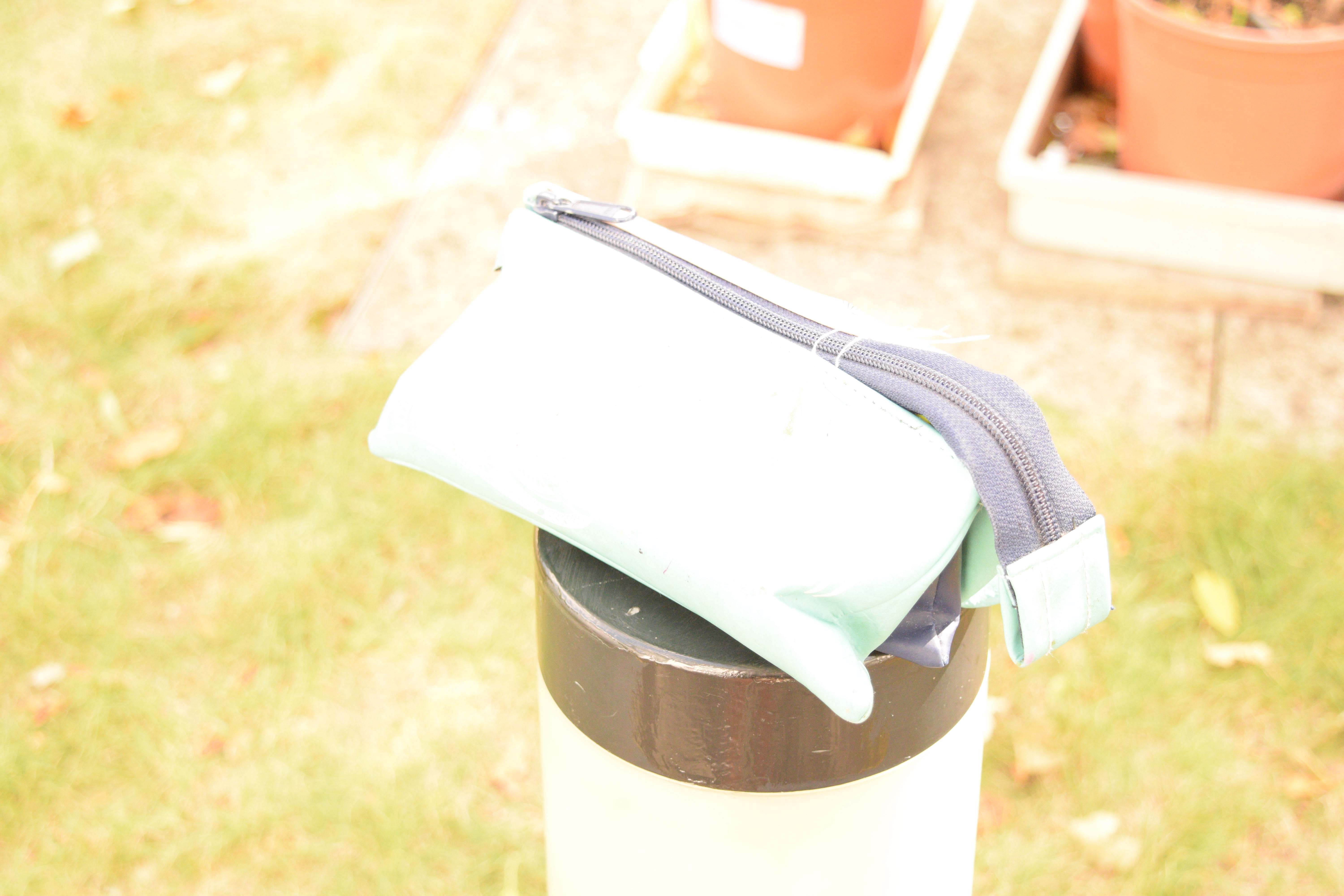

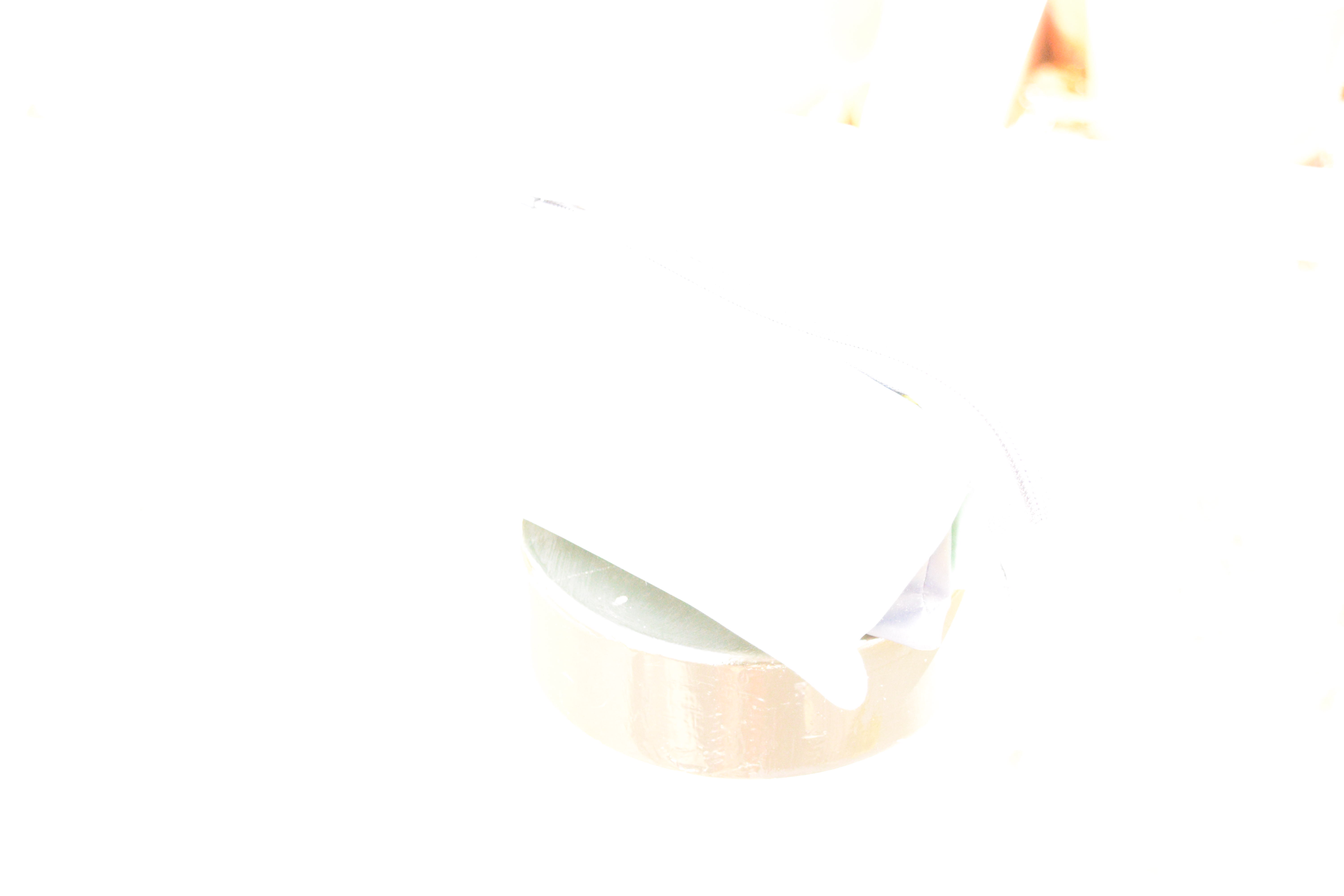

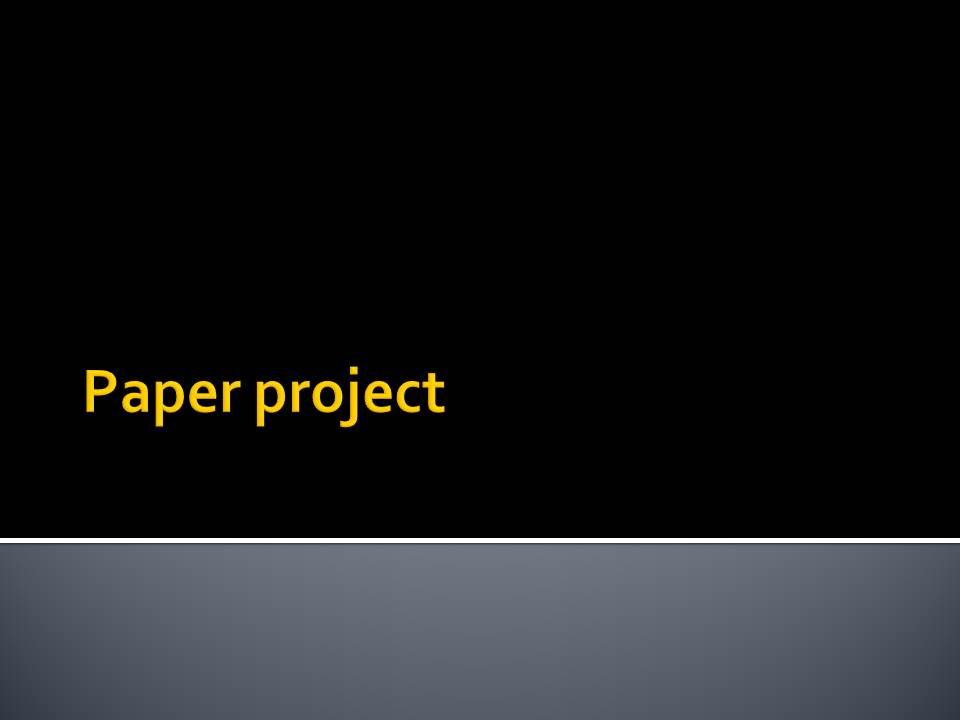

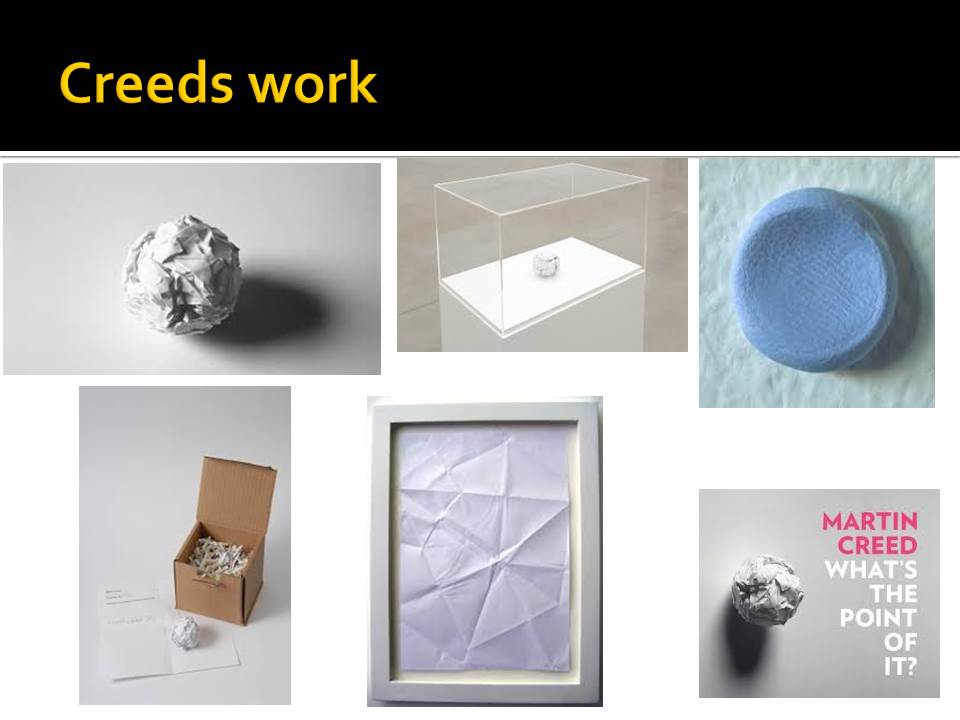
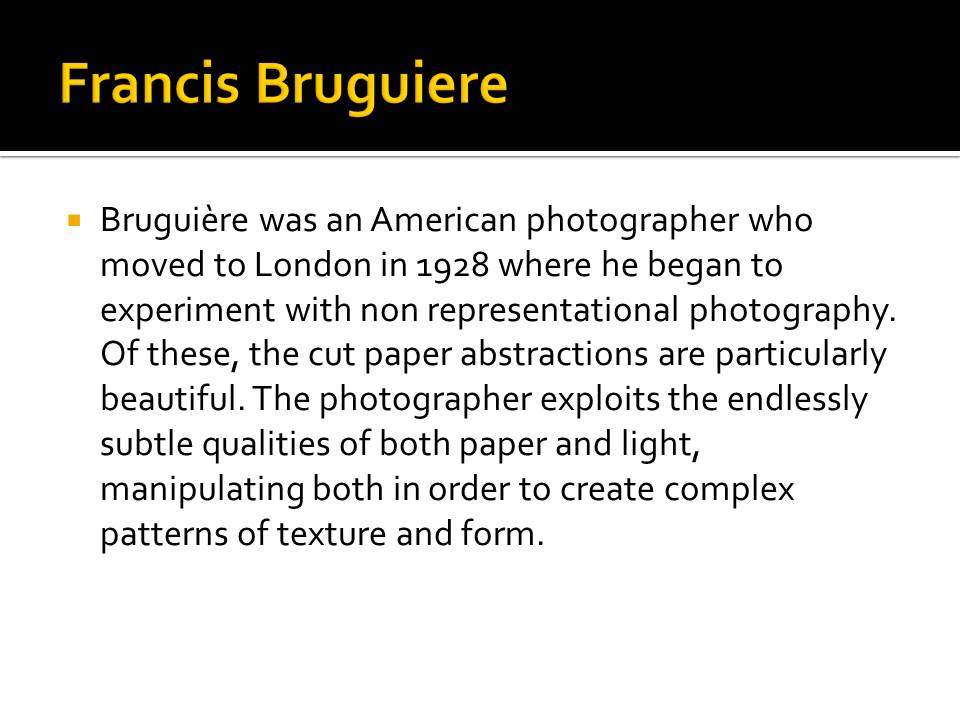
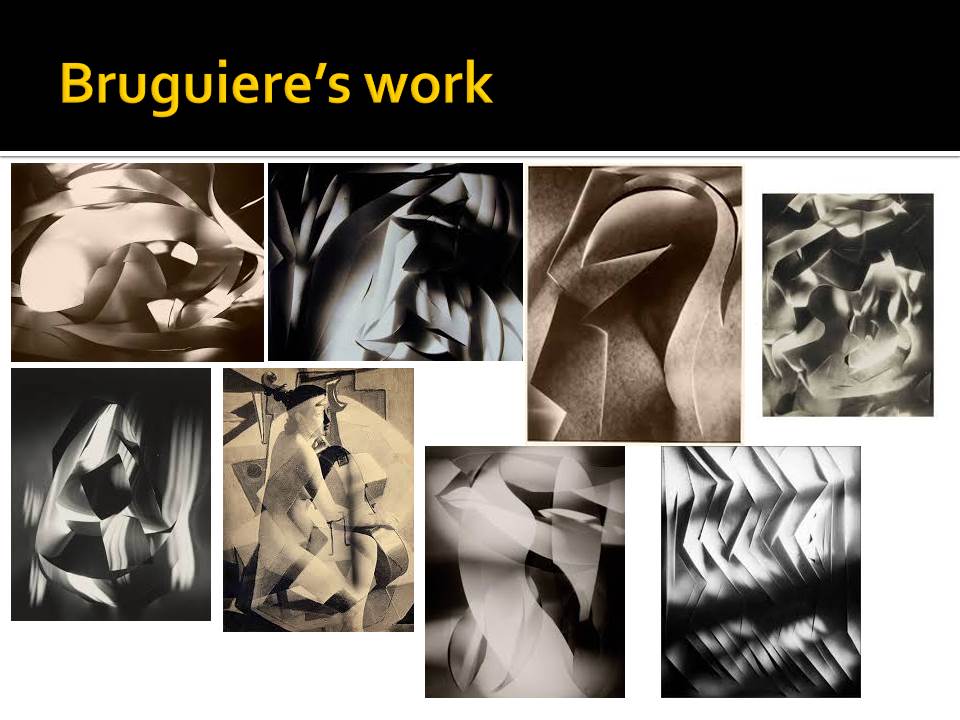

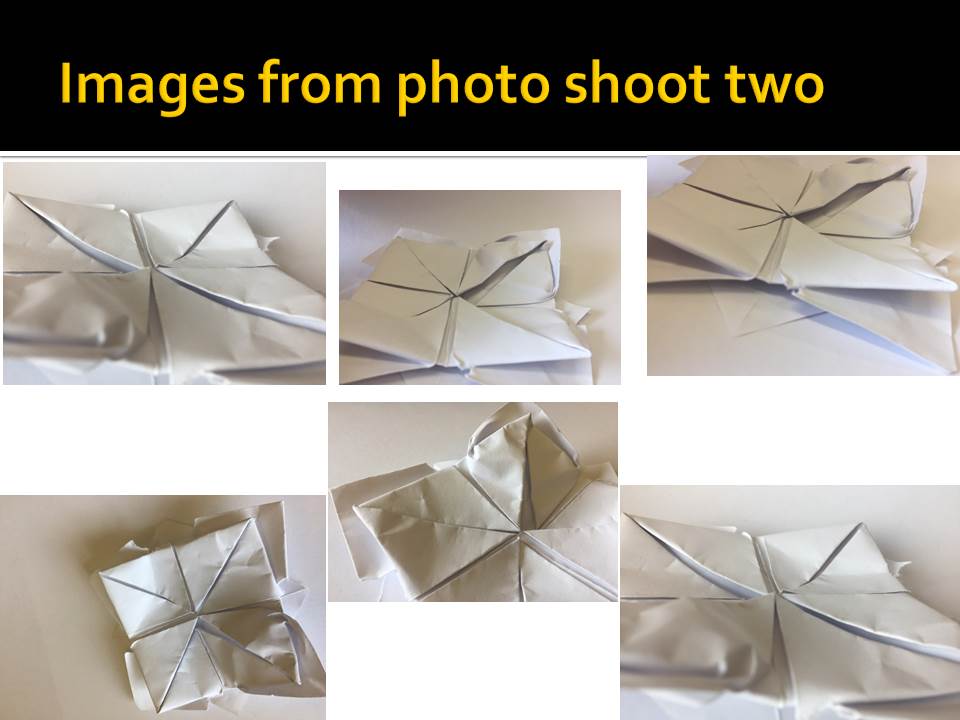

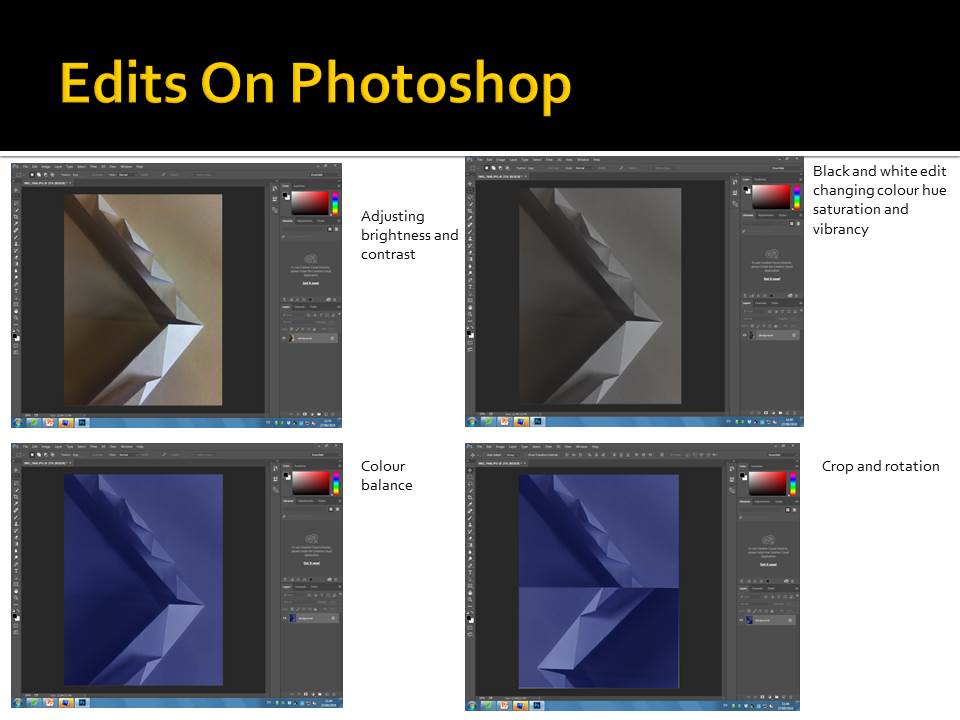
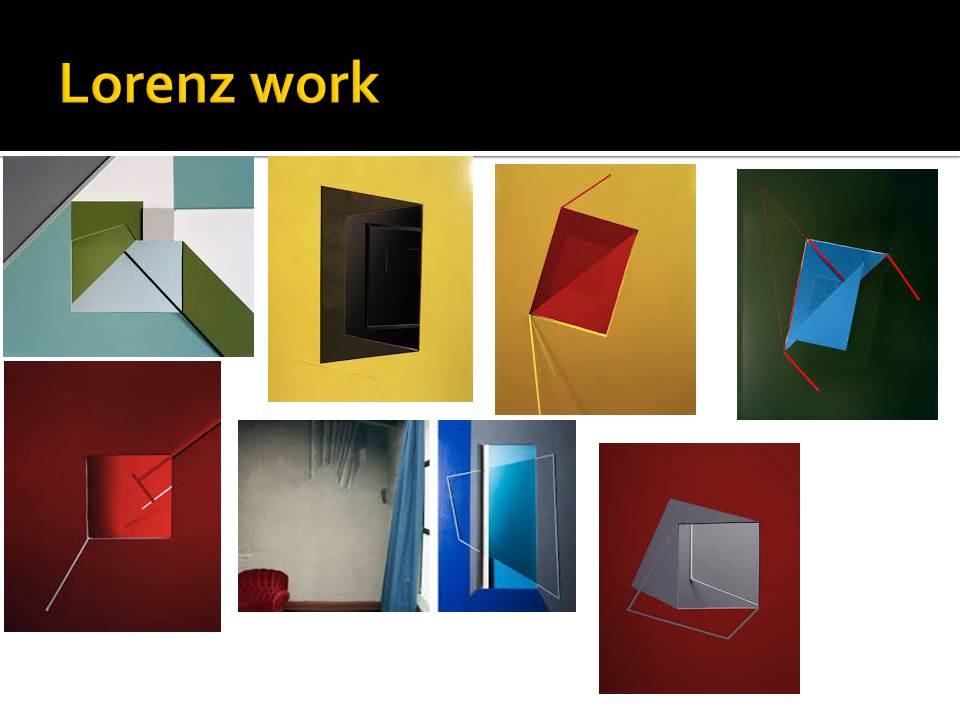
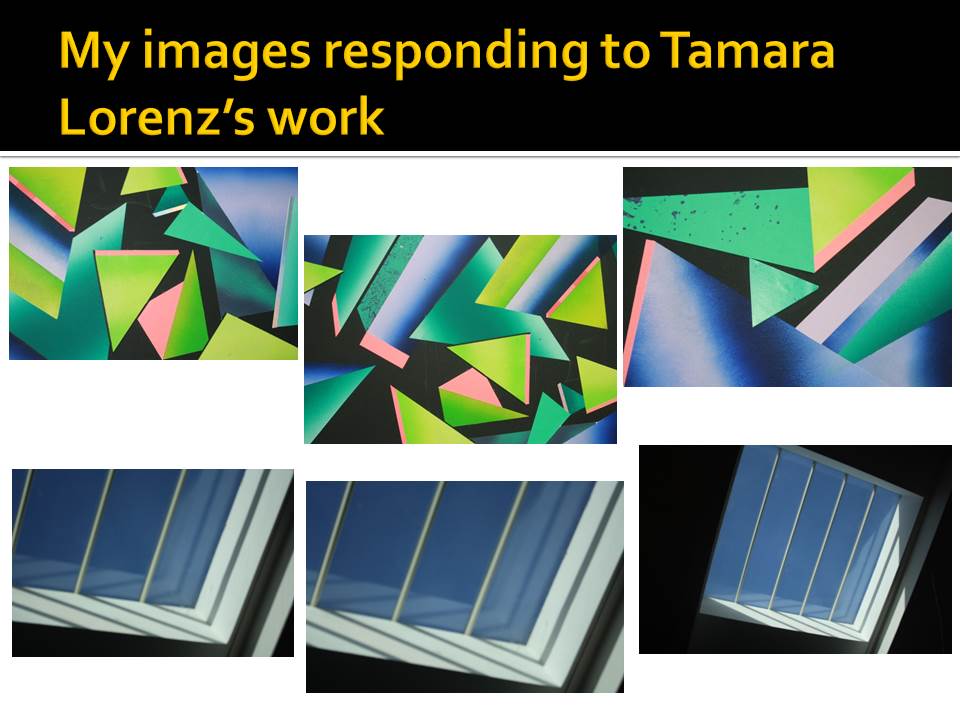
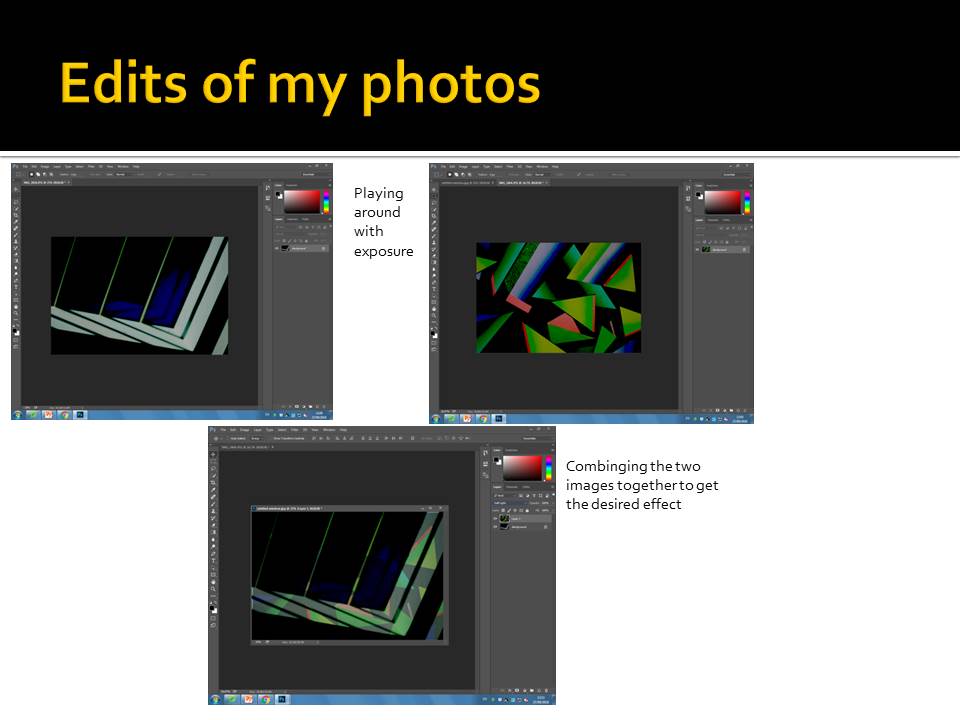

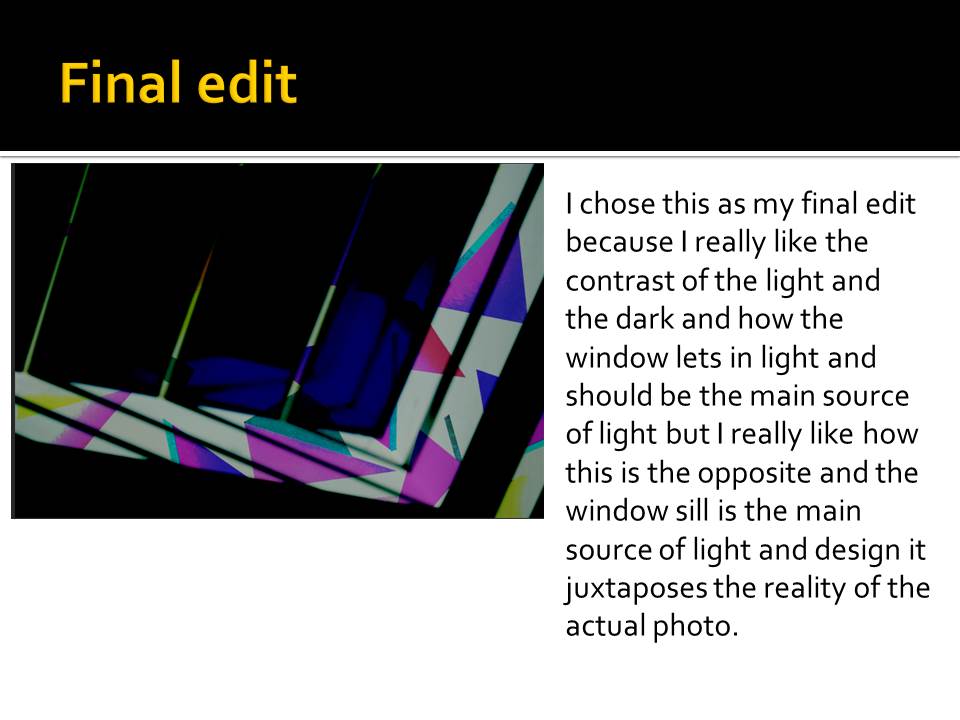
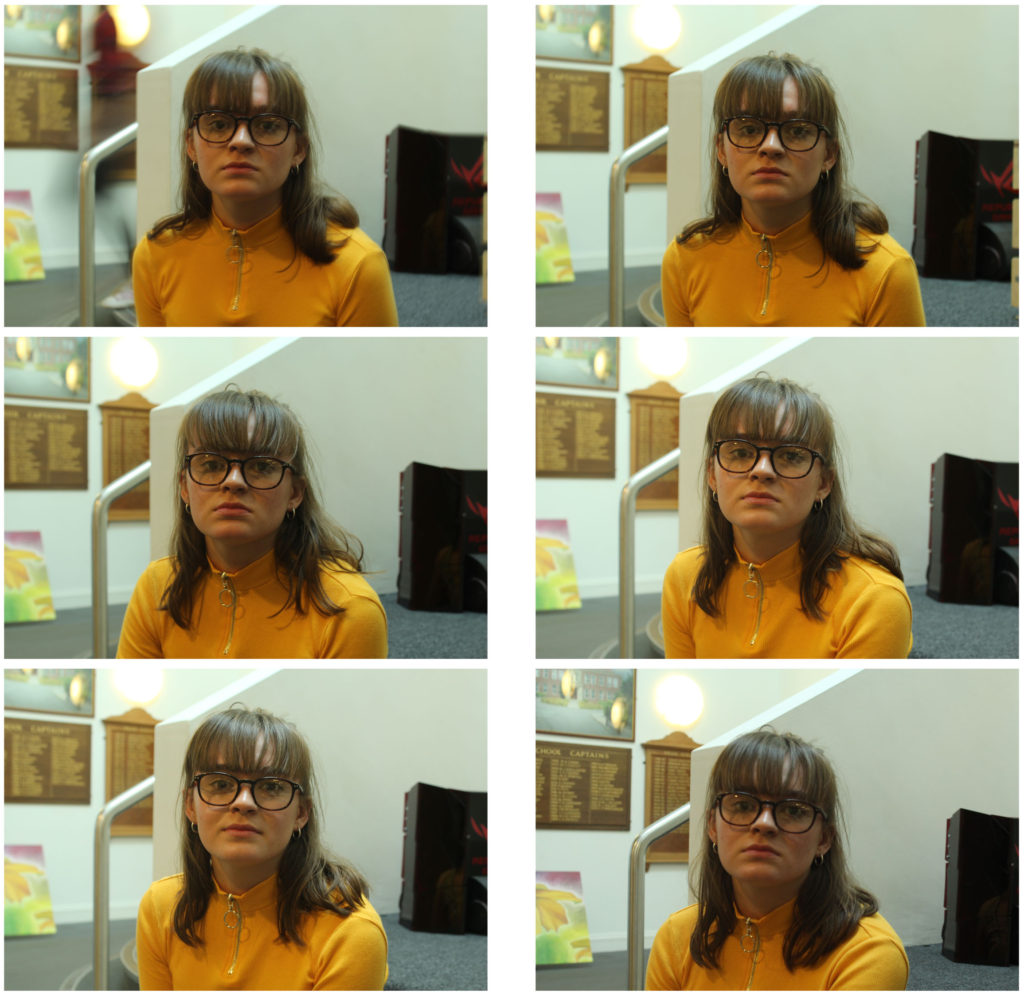

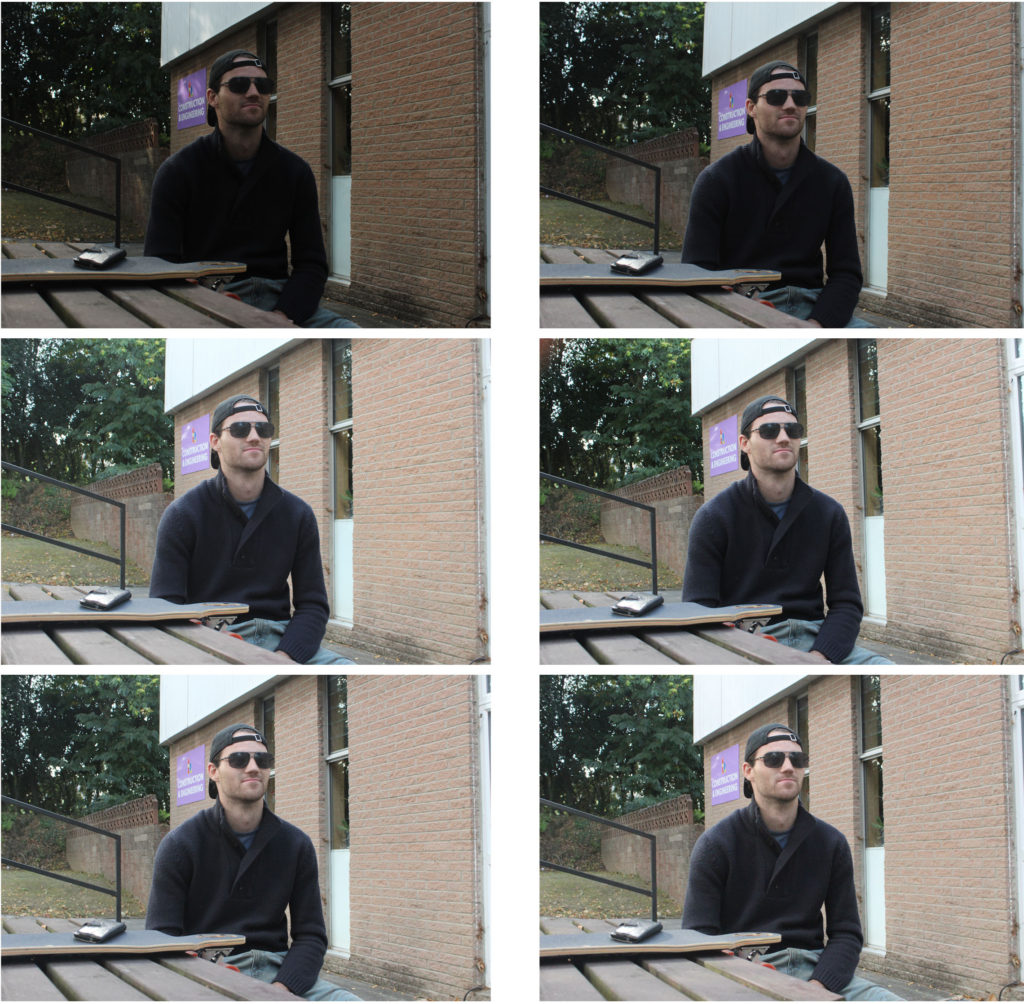


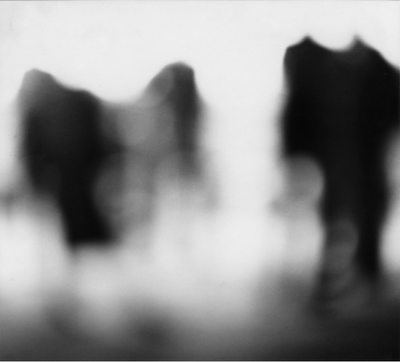
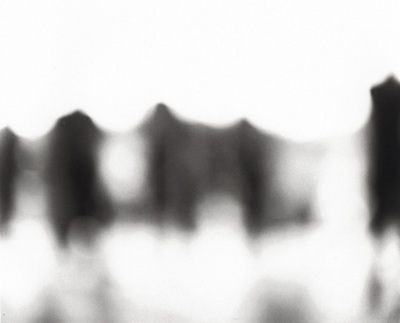
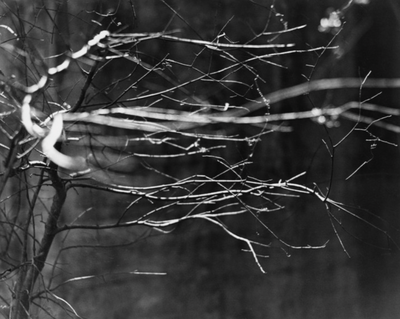
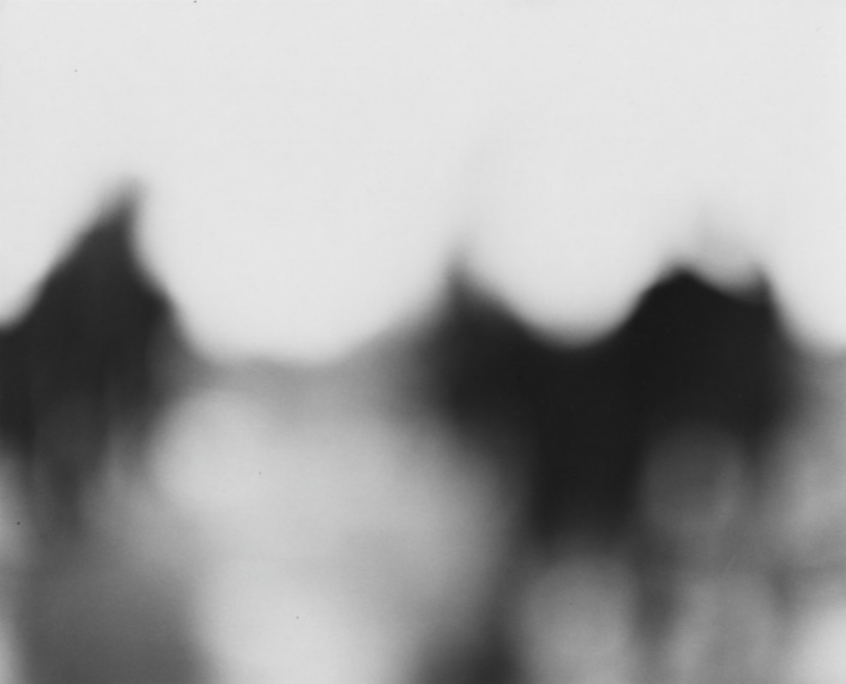


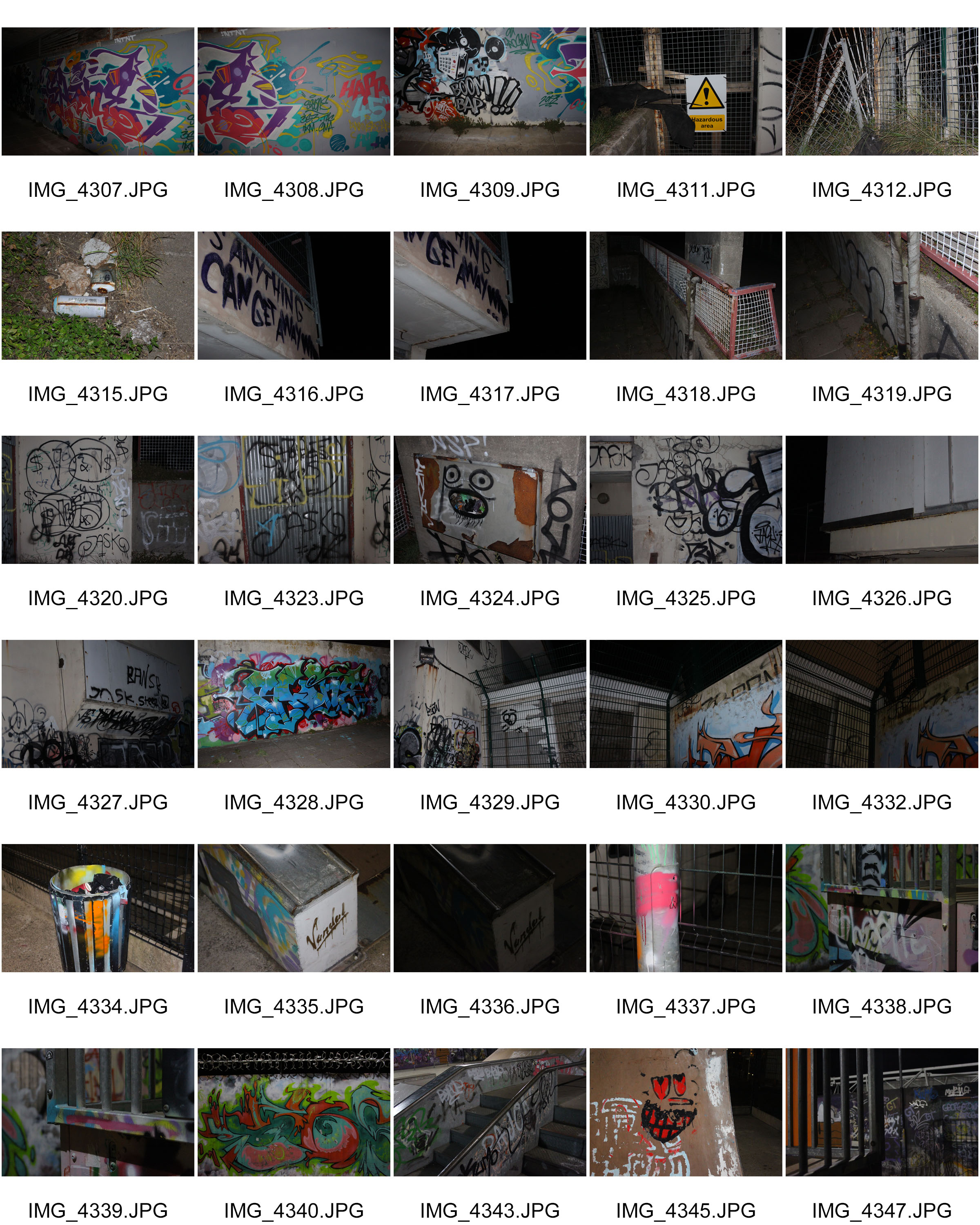









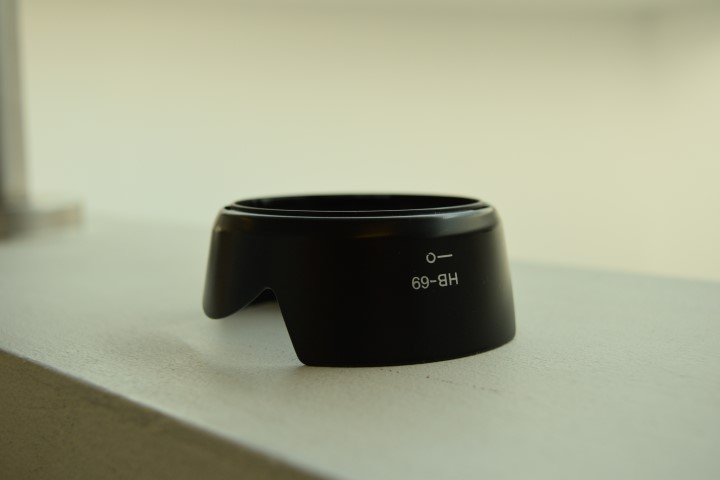

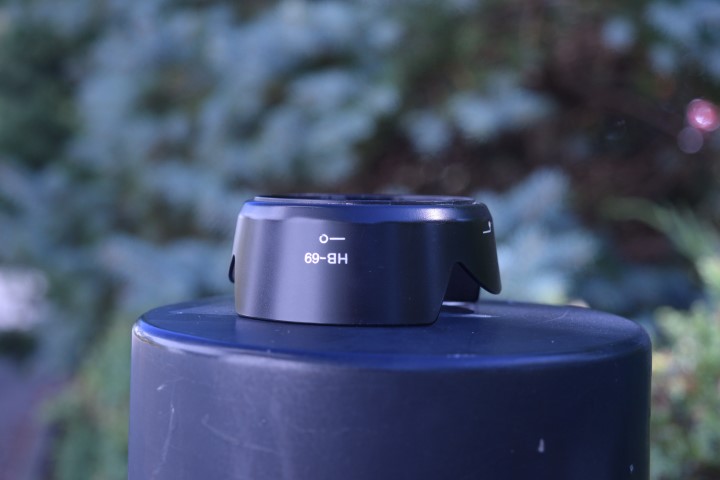








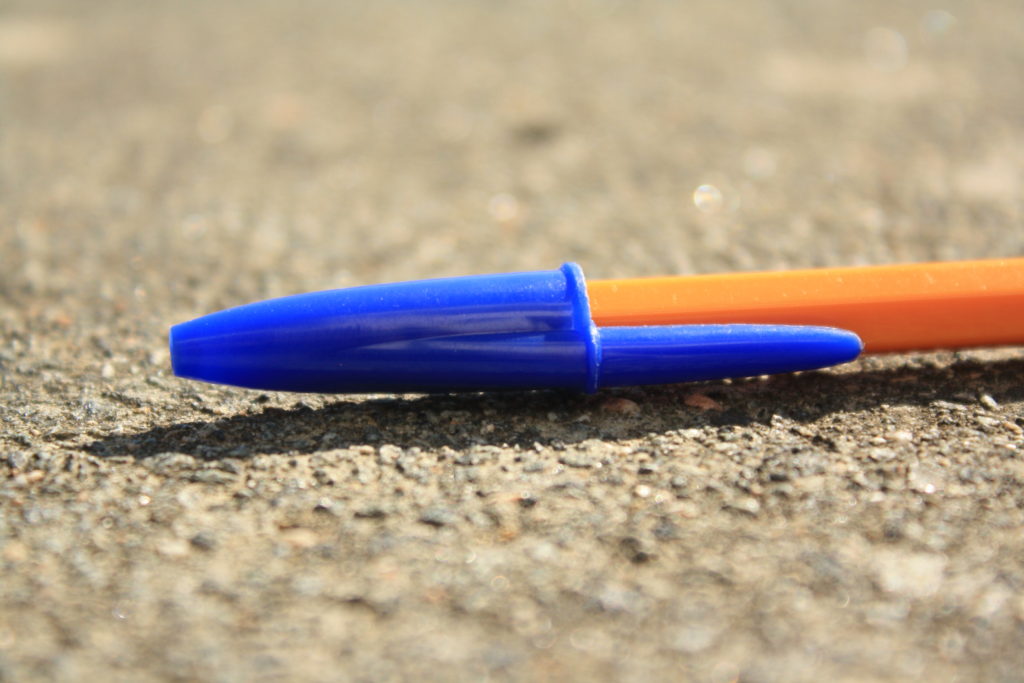






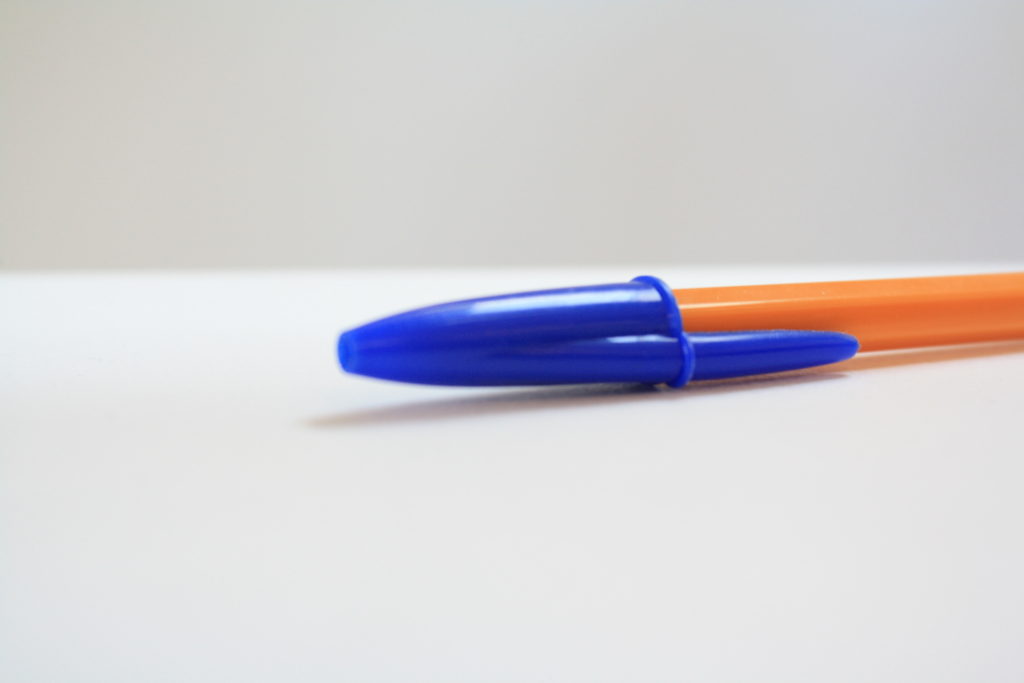


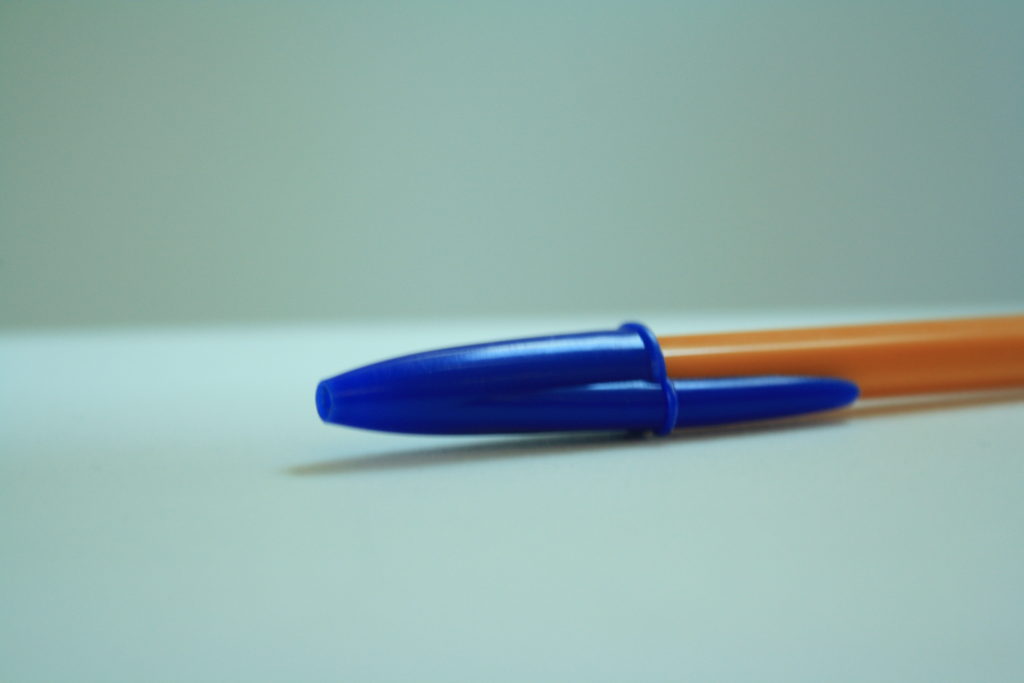
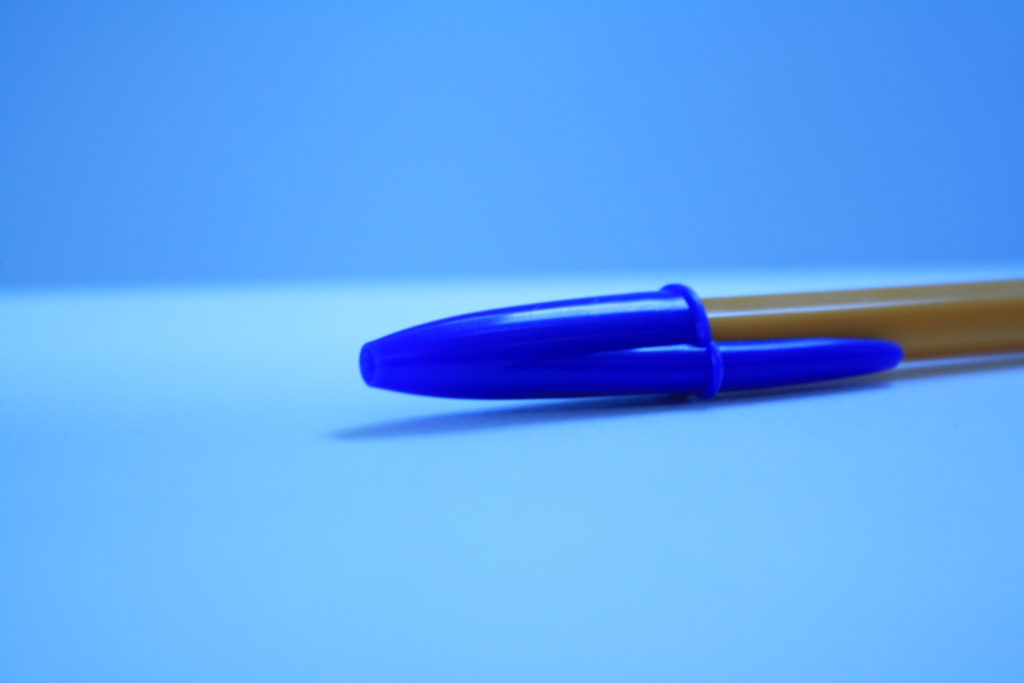
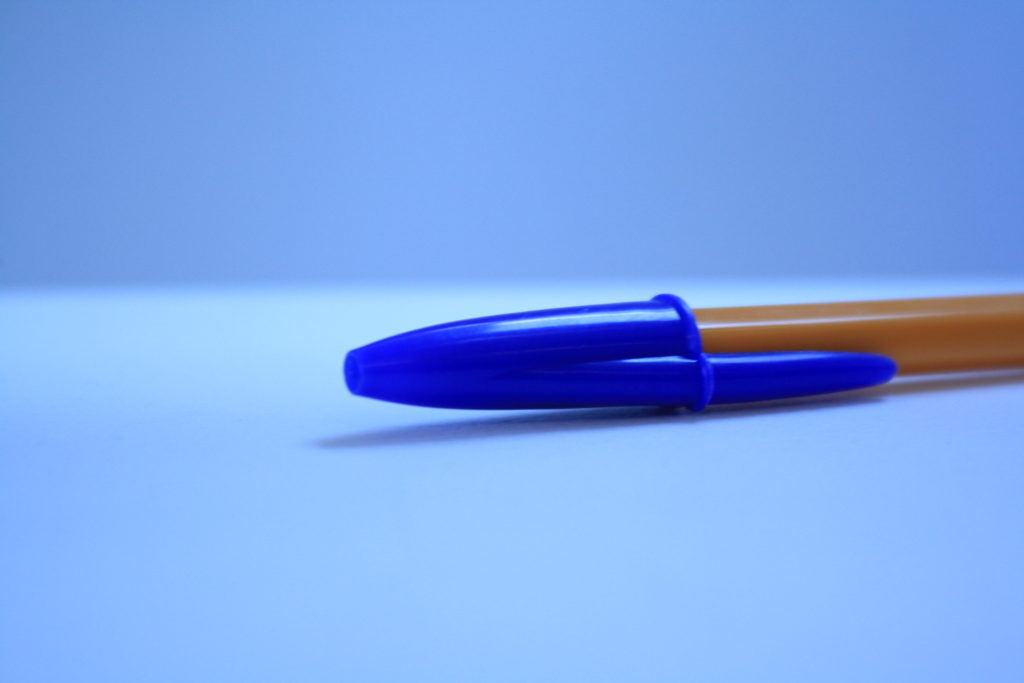





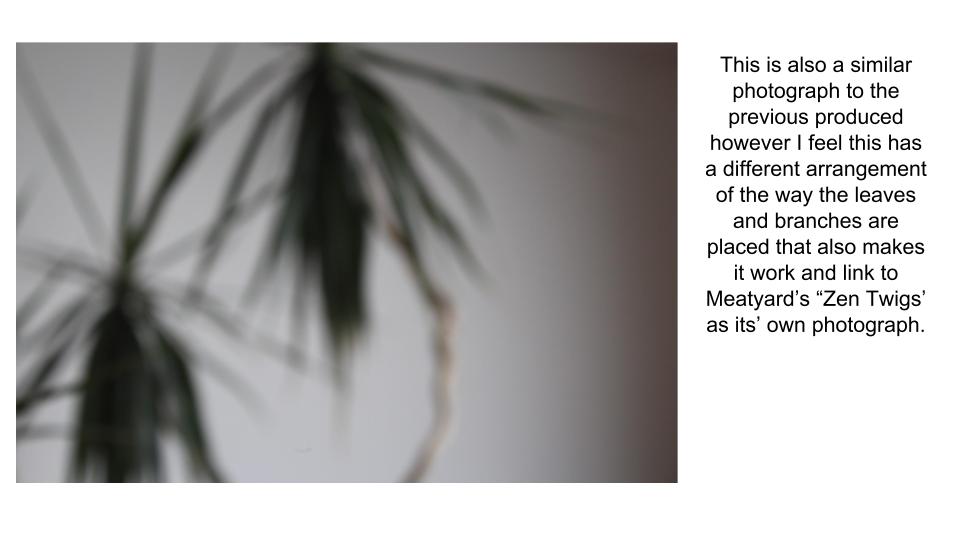
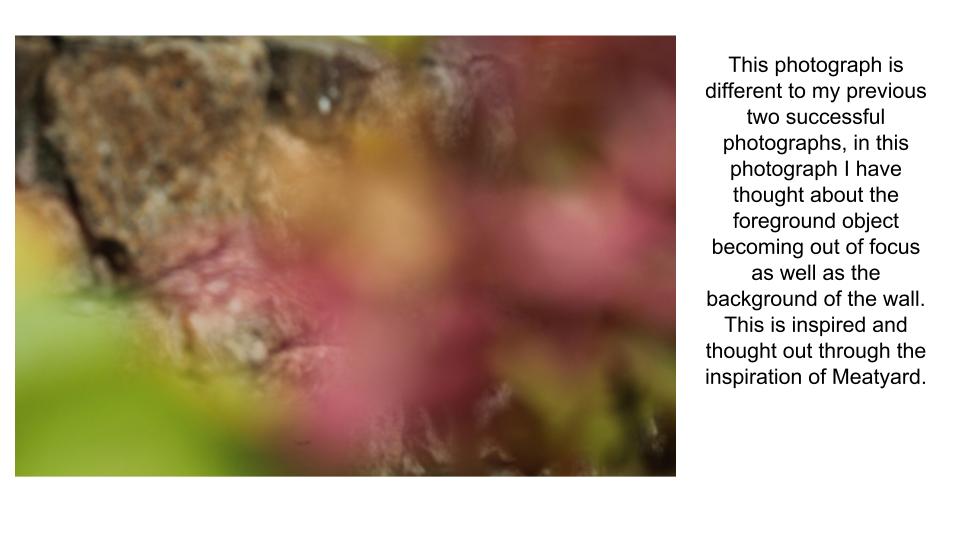
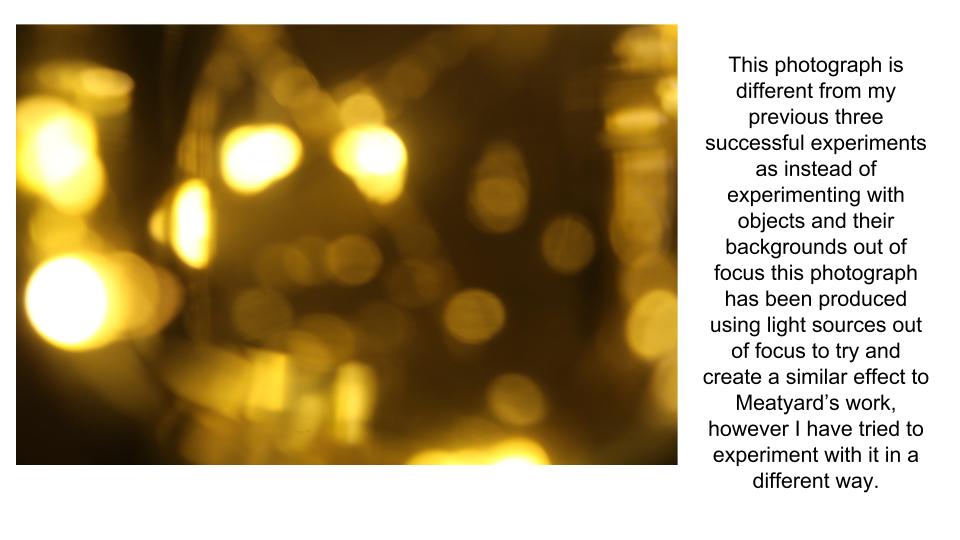



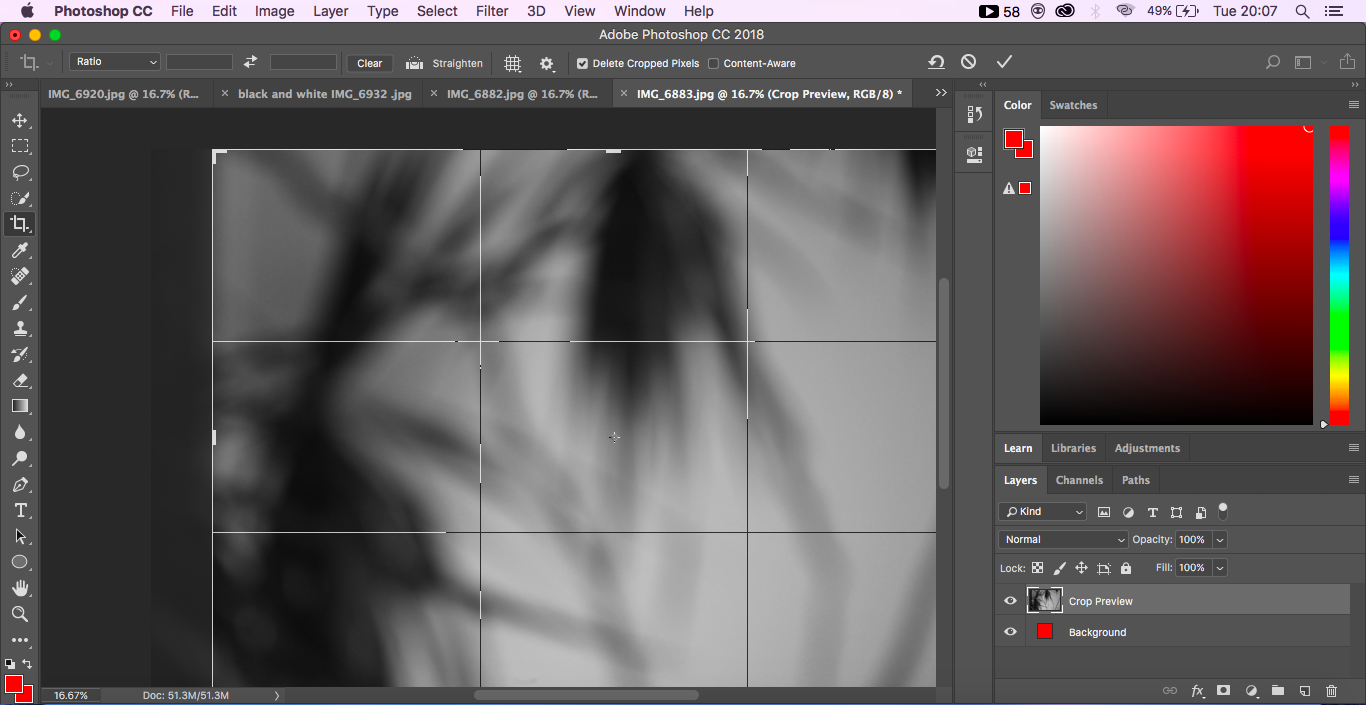
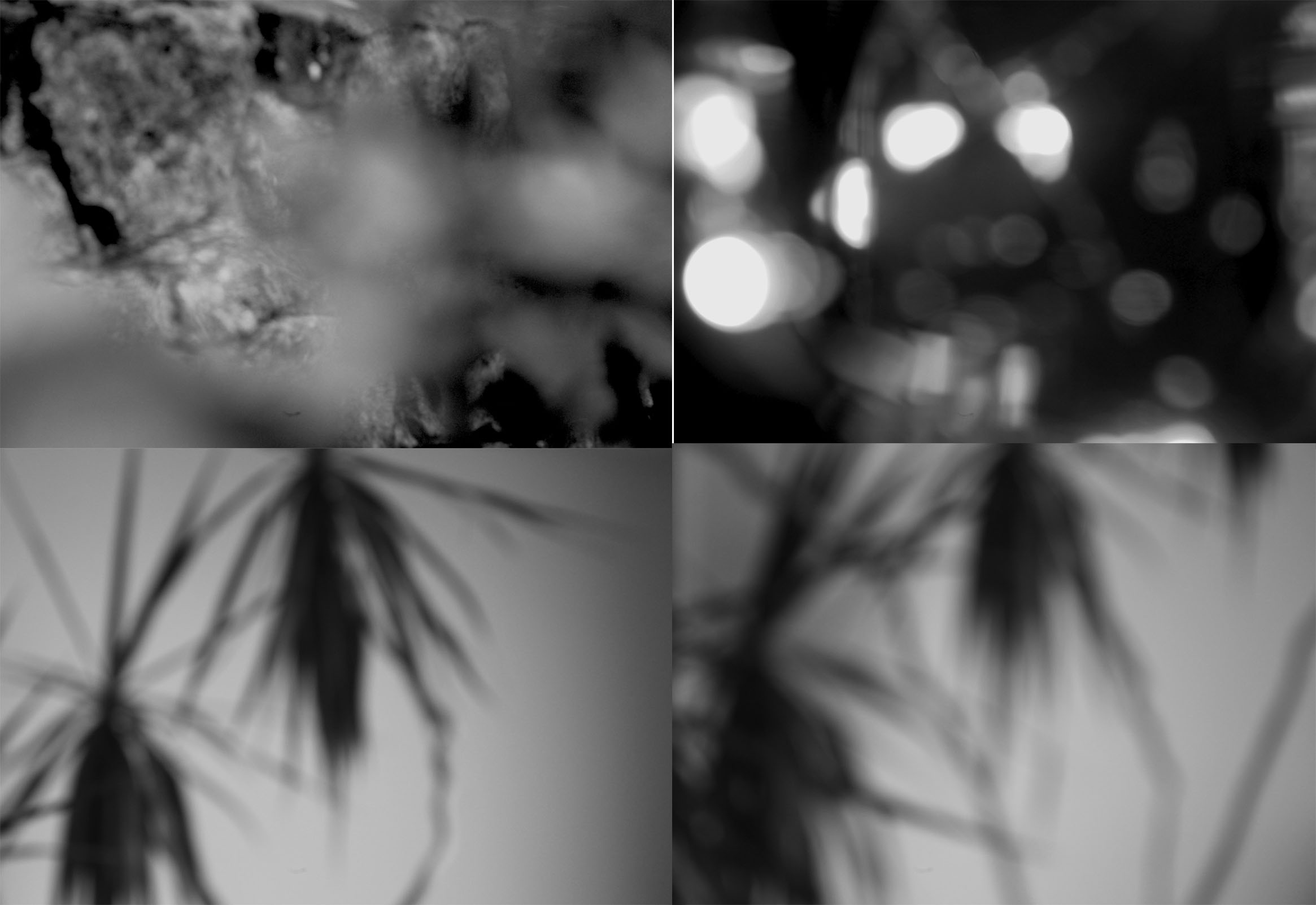








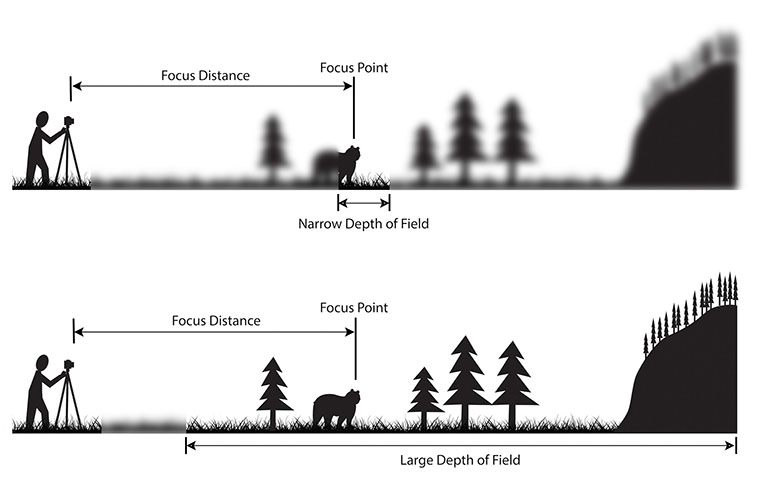 Aperture: ‘The opening in the lens.’ When we hit the shutter release button of the camera a hole opens up that allows your cameras image sensor to catch a glimpse of the scene you’re wanting to capture. The aperture that you set impacts the size of that hole. The larger the hole the more light that gets in – the smaller the hole the less light.
Aperture: ‘The opening in the lens.’ When we hit the shutter release button of the camera a hole opens up that allows your cameras image sensor to catch a glimpse of the scene you’re wanting to capture. The aperture that you set impacts the size of that hole. The larger the hole the more light that gets in – the smaller the hole the less light.



